Alvar Aalto, the father of Scandinavian architecture, who put design at the service of people
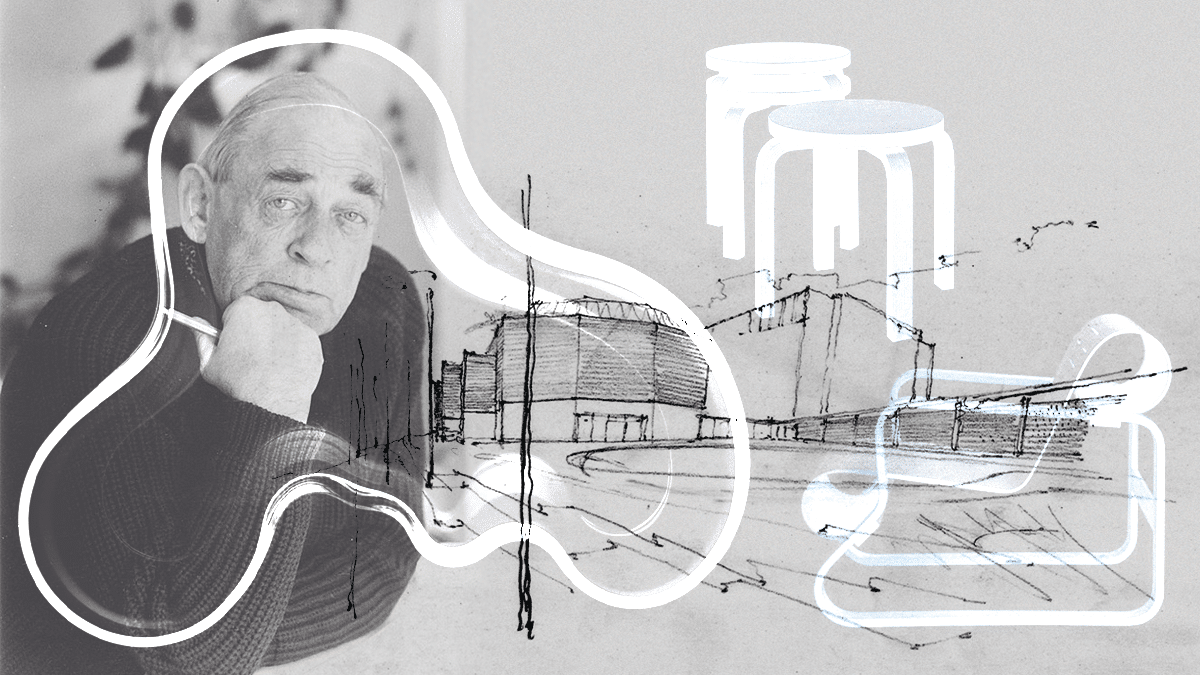
The history of architecture is full of impressive structures and eloquent projects that can captivate us with what we consider to be mankind’s greatest achievements; from the mysterious Egyptian pyramids to the most impressive skyscrapers of New York, passing through the majestic cathedrals.
However, this history is written not only by great buildings, but also by the great architects behind them. And among those who, almost a century ago, laid the foundation for modernity in architecture, stands out the one who never lost sight of the most important thing in this art – people. His name is Alvar Aalto, and although his humble origins date back to a small town in Finland, his legacy permeates the world’s design and architecture to this day.
Significant works and their philosophy
Paimio Sanatorium (1929-1933)
The Paimio Sanatorium, designed specifically for tuberculosis patients, is a prime example of how Aalto incorporated medical and psychological considerations into his design. The rooms were oriented to make the most of sunlight, an essential element in treating tuberculosis at the time. In addition, the furniture design and interior color scheme were aimed at creating a calm and peaceful environment.
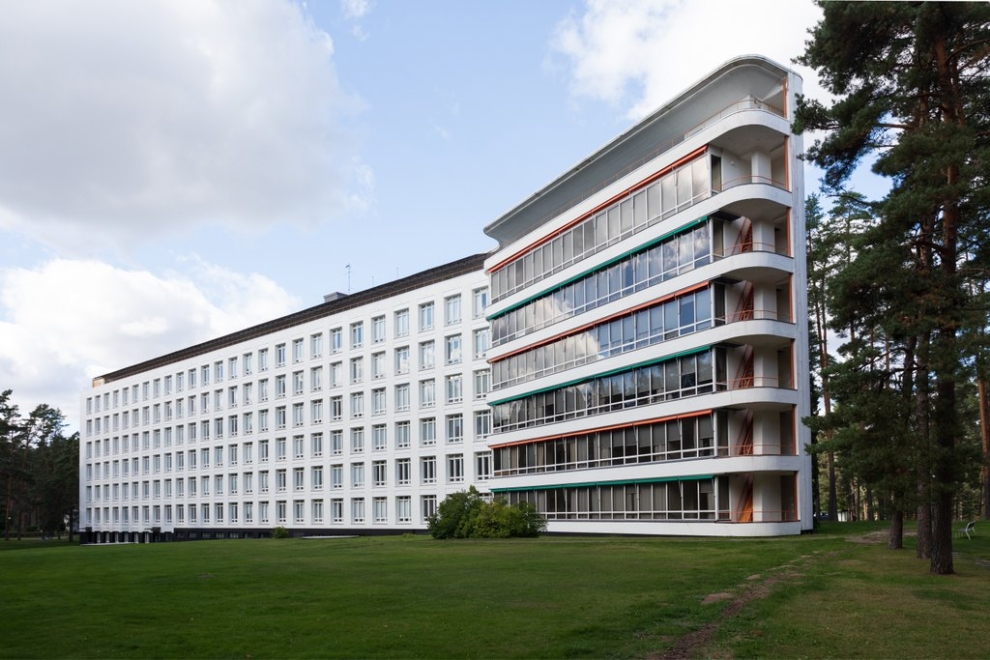
Vyborg Library (1935-1939)
In the Vyborg Library, Aalto combined functionality with modern aesthetics. The company introduced innovations such as undulating acoustic ceilings and artfully directed natural lighting to enhance the user experience, demonstrating its ongoing interest in human well-being through intelligent design.
Finnish House at the New York World’s Fair (1939)
Thanks to the Finnish House, Aalto was able to show the world the elegance of Scandinavian architecture combined with functionality and comfort – characteristics that would define his style for many years to come.
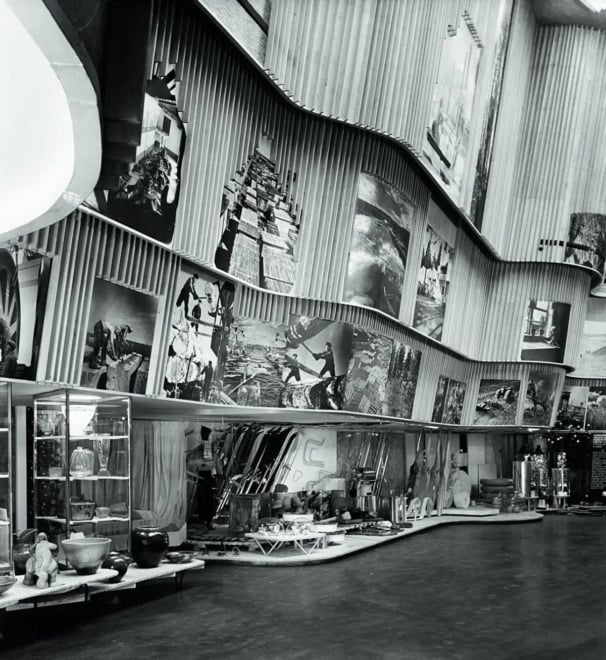
Säinätsalo Municipal Hall (1949-1952)
This project is another outstanding example of how Aalto integrated architecture with its social and natural context. Using local materials and creating spaces that encourage community interaction reflect their commitment to democratic and accessible design.
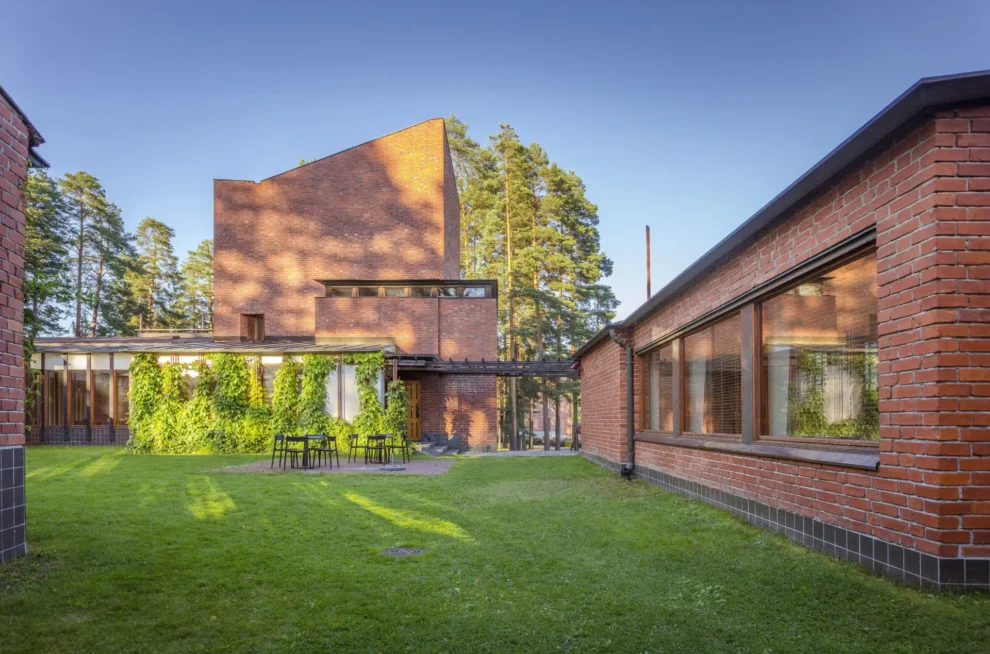
Heritage and Humanism
Aalto was not only an innovator in the field of architecture; He was also a pioneer in furniture design, founding the Artek company in 1935, producing and selling modern furniture. His furniture designs, such as the famous Paimio armchair, are renowned for their ergonomics and clean aesthetics, highlighting his holistic approach to all aspects of spatial design.
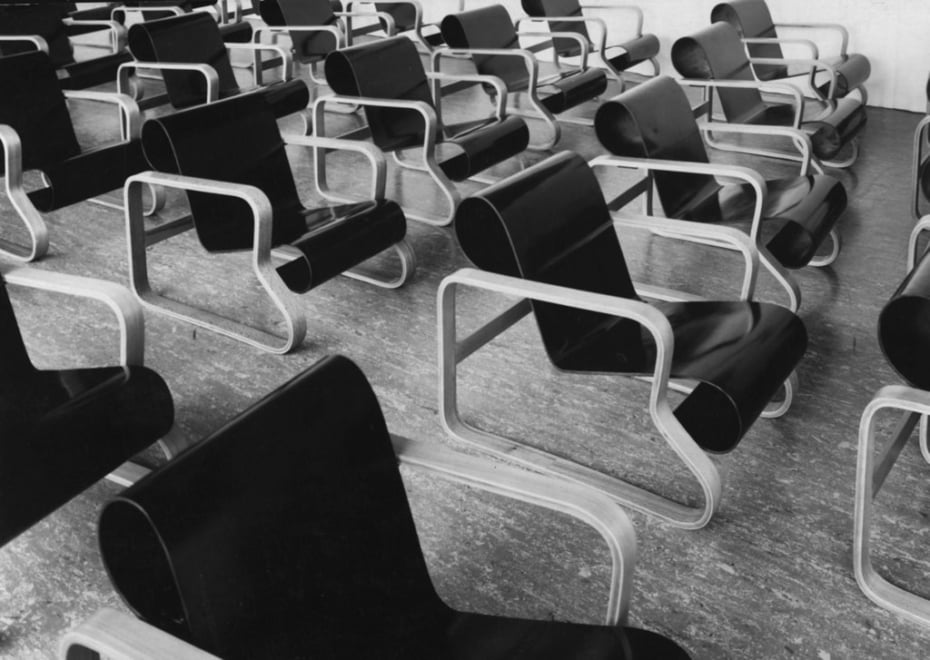
Global influence
Aalto had a significant influence on international architecture. His work received acclaim throughout the world, including an exhibition at MoMA in 1938, which was a major milestone in his career, introducing his work to a worldwide audience.
Problems and criticism
Despite his success, Aalto faced problems, especially during and after World War II. His difficult relationship with the authorities of the time, including his invitation to Speer’s ministry in Germany, demonstrated the contradictions between his career and the political climate of the time. However, he always remained true to his humanistic philosophy, focusing on human needs and rejecting any political extremism.
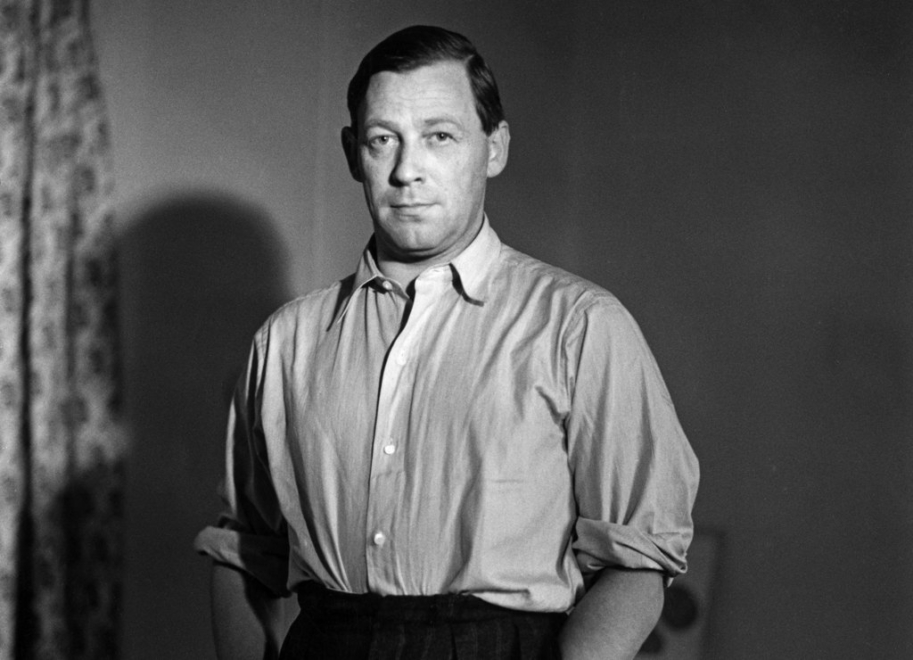
Beauty and functionalism
Alvar Aalto not only left a legacy of beautiful buildings, but also elevated architecture to an art form that lives and breathes with its users. His work is a testament to how architecture can and should serve the needs of man, making him a true “architect for the people” and a prophet in his land, especially in his beloved Jyväskylä, where his influence remains felt. His life and work continue to inspire architects and designers around the world, perpetuating his vision of design that empowers and beautifies everyday life.
Aalto’s aesthetic, combining simplicity and functionality, remains a cornerstone of Scandinavian design. In particular, his furniture designs showcase clean lines and organic shapes that are both practical and beautiful. This influence is evident in the continuing popularity of Scandinavian design principles, which emphasize clarity, simplicity and the elimination of excess.
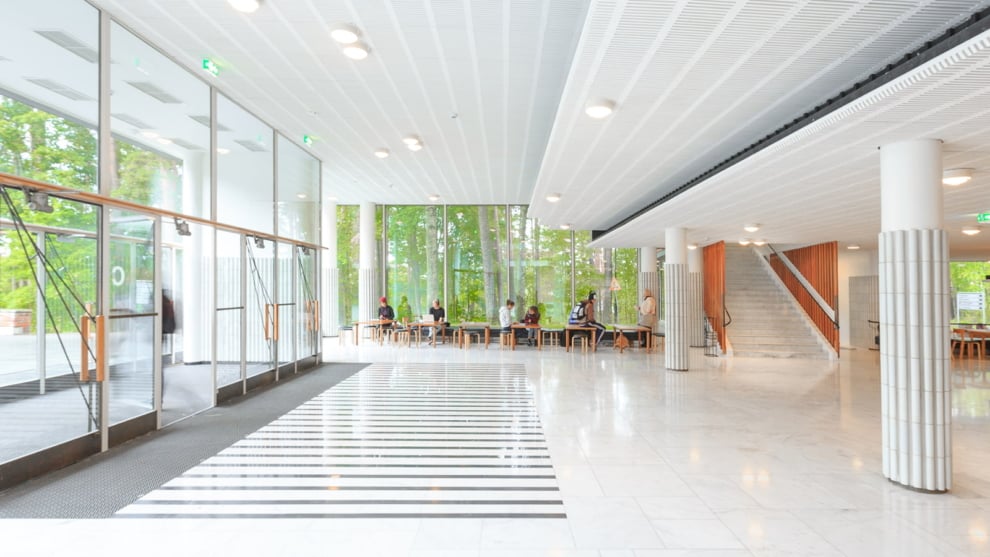
Today, Aalto’s legacy remains strong. Current trends in design and architecture often reflect his principles, such as the pursuit of simplicity, integration with the environment and a focus on sustainability. Moreover, with growing global interest in Scandinavian design, Aalto’s creations and his design principles have taken on new relevance, inspiring a new generation of designers and architects around the world.
Exhibitions dedicated to his work, design education that still draws on his theories and practices, and the continued production of his furniture at Artek are testament to his enduring influence. Aalto not only helped define the Scandinavian design style of the 20th century, but also established principles that continue to form the basis of modern design both in Scandinavia and throughout the world.
All the keys to news and breaking news, in El Independente WhatsApp channel. Join here